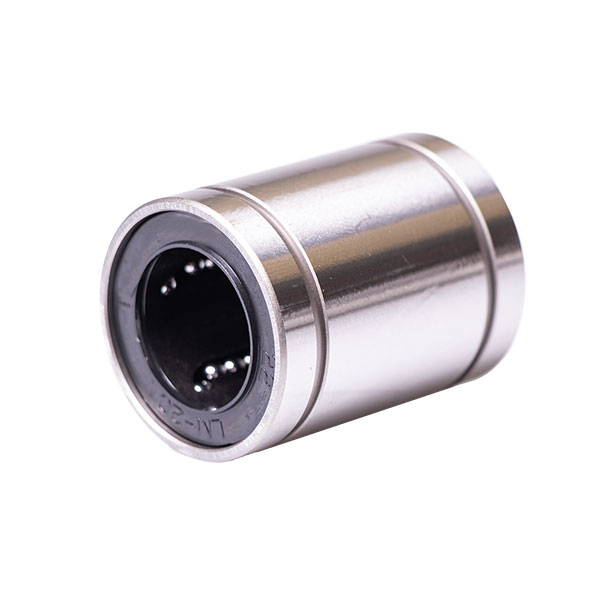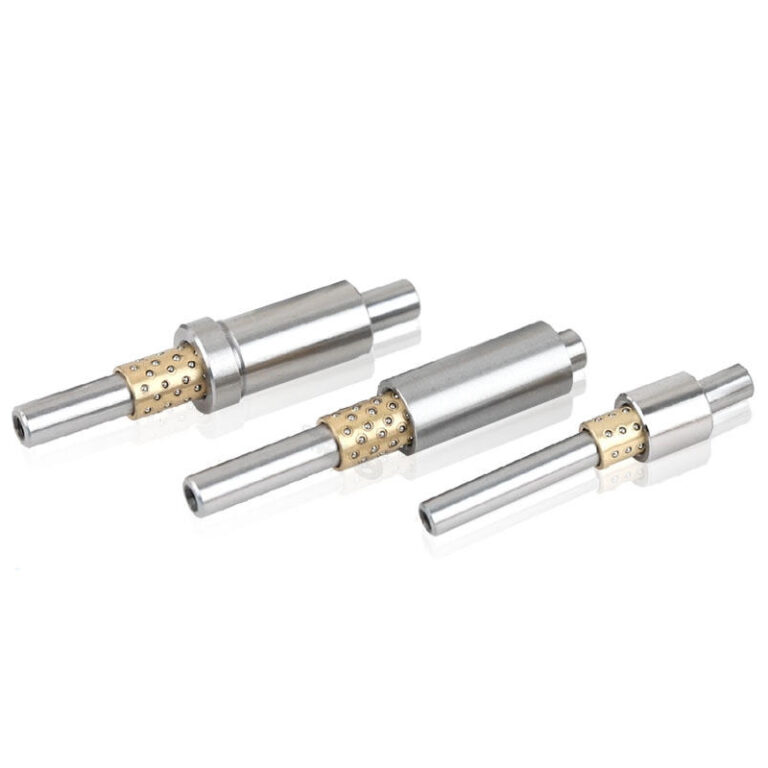- Understand the heat dissipation requirements: Industrial computers generate significant heat during high-load operations. Failure to dissipate this heat efficiently can lead to performance degradation, equipment malfunction, or damage. Analyze the operating environment and workload of the industrial computer case to determine the heat dissipation needs, especially in high-temperature, high-humidity, or dusty environments.
- Optimize case design:
- Choose suitable heat dissipation materials and structures: Heat dissipation materials should have excellent thermal conductivity and durability, such as aluminum alloys or copper. Additionally, the case’s structure affects heat dissipation, so select a design that facilitates heat conduction and dissipation.
- Arrange internal components appropriately: Properly position components and use cooling fans to ensure adequate airflow inside the case, preventing heat sources from interfering with each other or accumulating.
- Optimize cooling fans and heat sinks: Select efficient cooling fans to improve heat dissipation performance. Additionally, using heat sinks increases the surface area for heat dissipation, accelerating heat conduction and dissipation.
- Improve heat dissipation effectiveness:
- Control environmental temperature and humidity: Maintain suitable ambient temperature and humidity levels to avoid extreme conditions that can affect heat dissipation. If the operating environment is hot, consider adding cooling equipment or air conditioning systems.
- Manage internal space: Avoid densely packing components to ensure airflow and unobstructed cooling fan operation. Regularly clean the inside of the case to remove dust and debris, maintaining clear heat dissipation channels.
- Perform regular maintenance and inspection of the case’s heat dissipation system: Check the operation of cooling fans regularly to ensure they are functioning correctly. If necessary, replace aging fans or add additional cooling devices.





